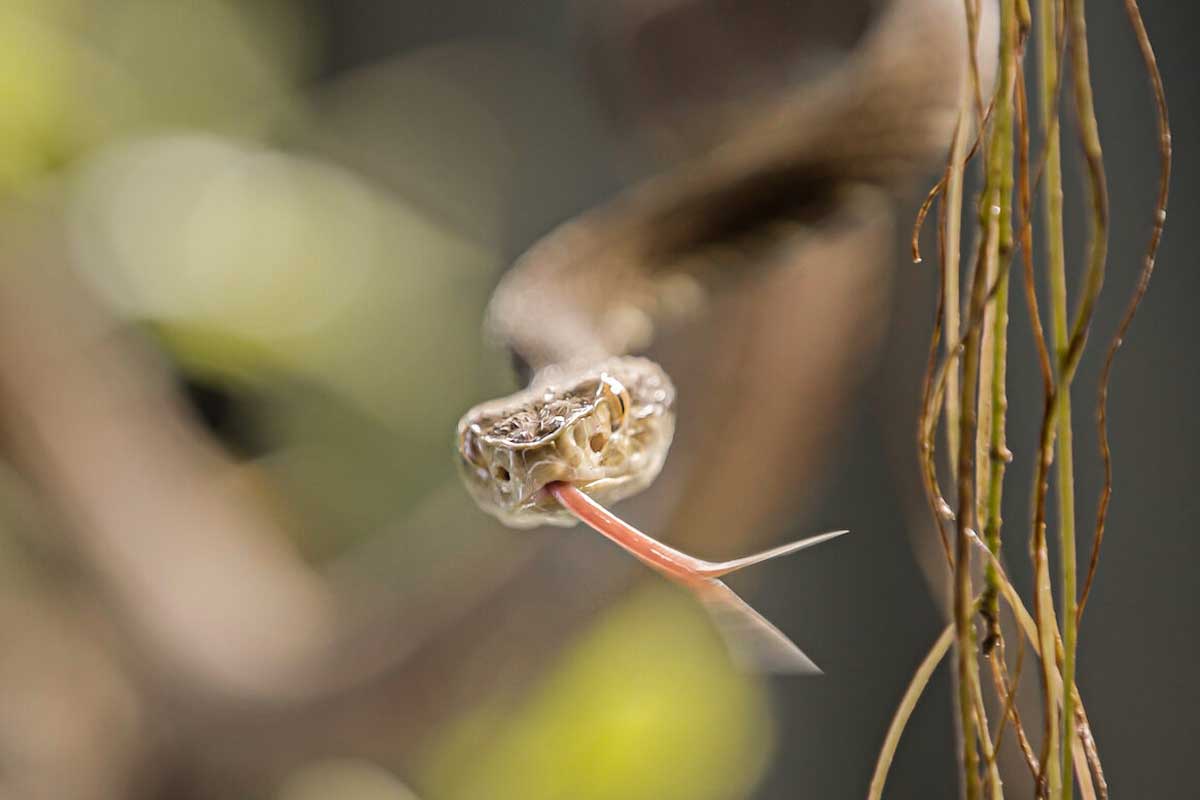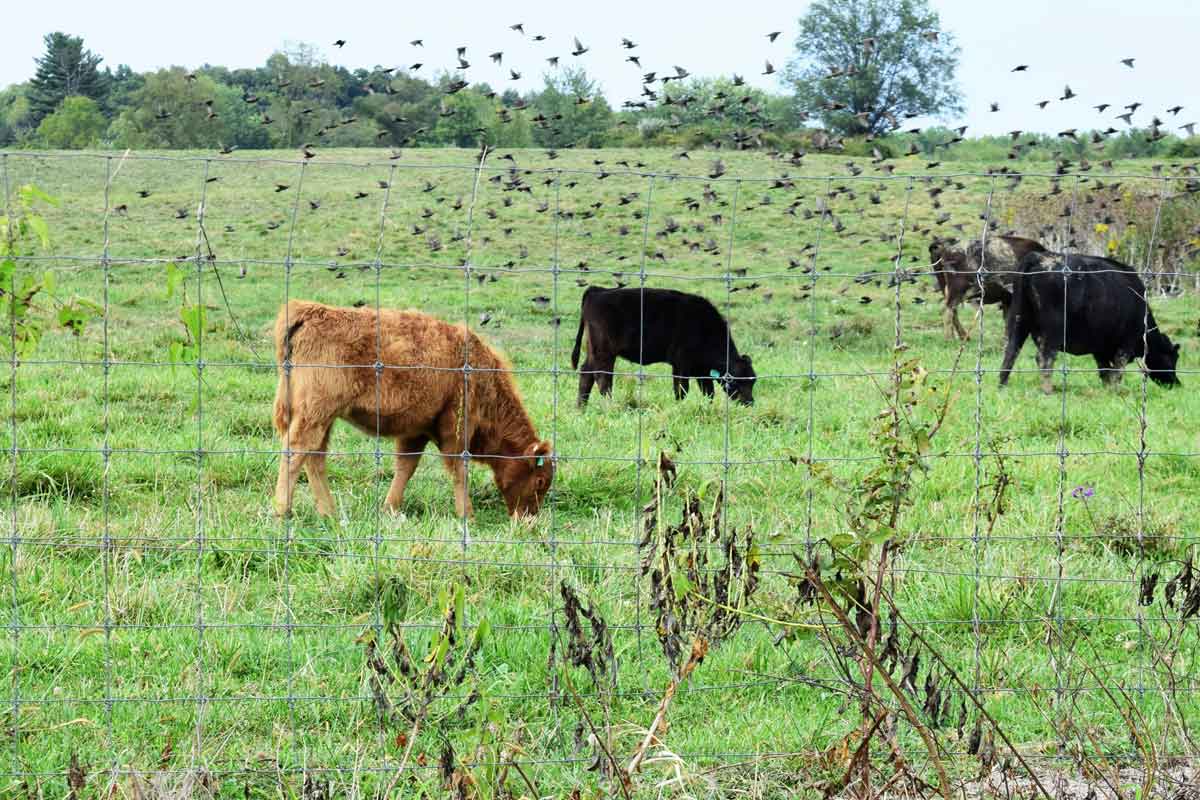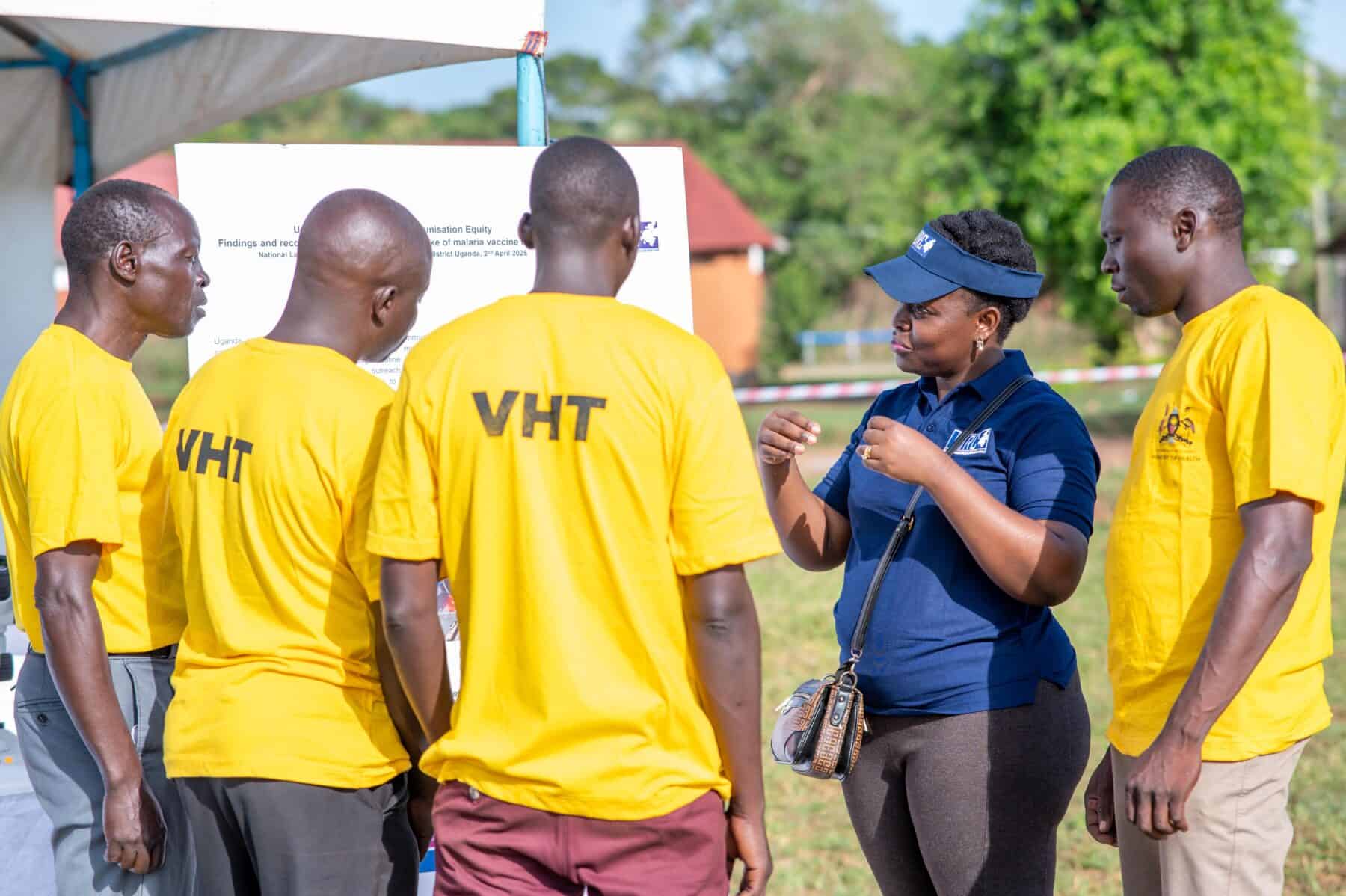Could chimps eating bat guano lead to human epidemics?
After analysing samples, scientists found that the guano not only held high concentrations of minerals but was also full of viruses, including a cousin to SARS-CoV-2.
- 22 July 2024
- 6 min read
- by Mongabay
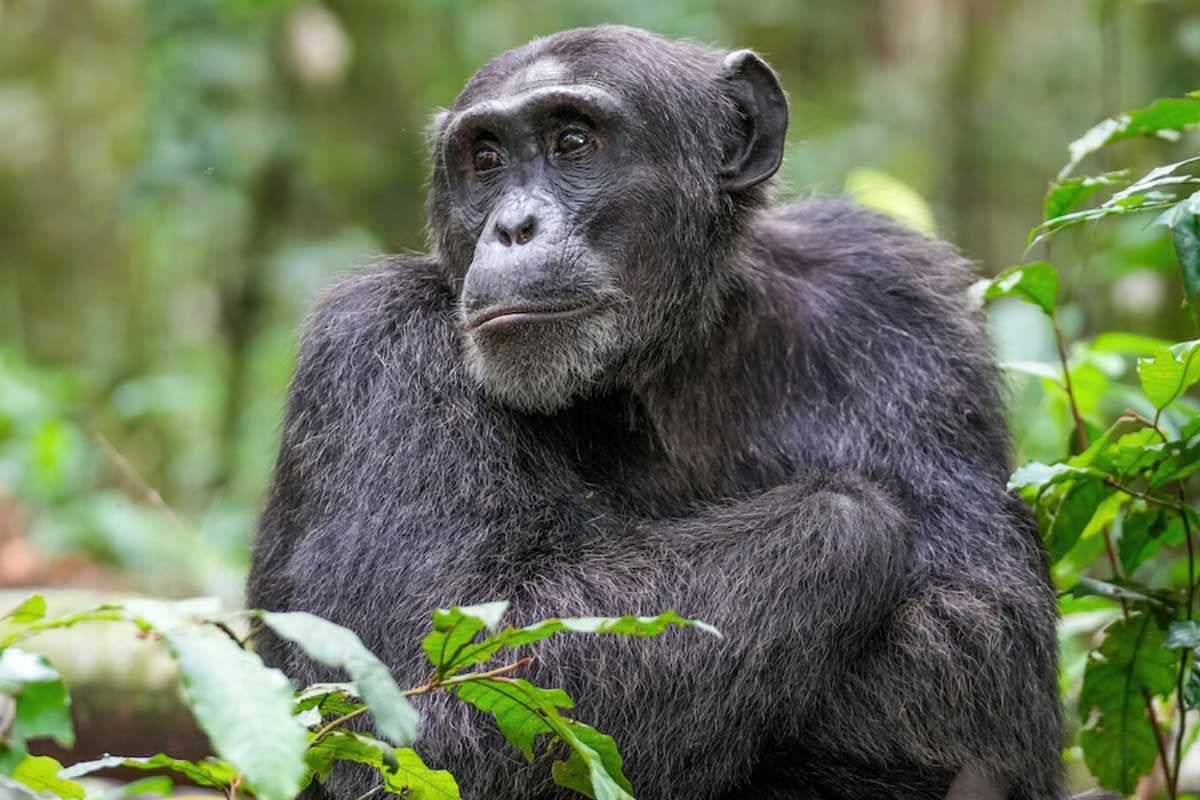
- Wildlife like chimpanzees have started consuming bat excrement — guano — in the Budongo Forest, Uganda. After analyzing samples, scientists found that the guano not only held high concentrations of minerals but was also full of viruses, including a cousin to SARS-CoV-2.
- Researchers say the weird feeding behavior may be because the animals have lost a primary source of dietary minerals from native trees to tobacco farming.
- Worryingly, some of these viruses can be transmitted to humans, meaning that if wild animals become more exposed to bat-borne viruses, so could humans.
- The scientists underline that social forces like the market and resource extraction can lead to such unintended consequences.
“Finish your yogurt, sweetheart, it’s good for your bones. And take a few almonds, so you’ll stay healthy.”
You may have heard this before, and rightly so. Minerals, such as calcium and magnesium, are vital to our functioning as they ensure that our bones, muscles, heart and brain work properly. And the same holds for wildlife.
In the Budongo Forest in western Uganda, wild animals are very fond of eating the pith of decaying Raphia farinifera palm trees, which contain minerals critical to their health. But when local farmers uprooted the trees to make strings for drying tobacco leaves, some animals made changes to their diet. Perilous changes, according to a study released in Communications Biology earlier this year.
In a possible response to the mineral scarcity, chimpanzees, monkeys and antelopes turned to an alternative source of dietary minerals: bat droppings, also known as guano, which hold high concentrations of the minerals that wildlife needs. But the bat guano also contains plenty of infectious viruses, including one that is a relative of the famous SARS coronaviruses, which kicked off the COVID-19 pandemic.
“Human-induced activities are often the primary drivers of virus emergence among wildlife and humans,” conservation ecologist Arend de Haas, who co-founded the African Conservation Foundation, wrote in an email to Mongabay. “They create opportunities for viruses to jump species barriers by increasing contact between humans, domestic animals, and wildlife.”
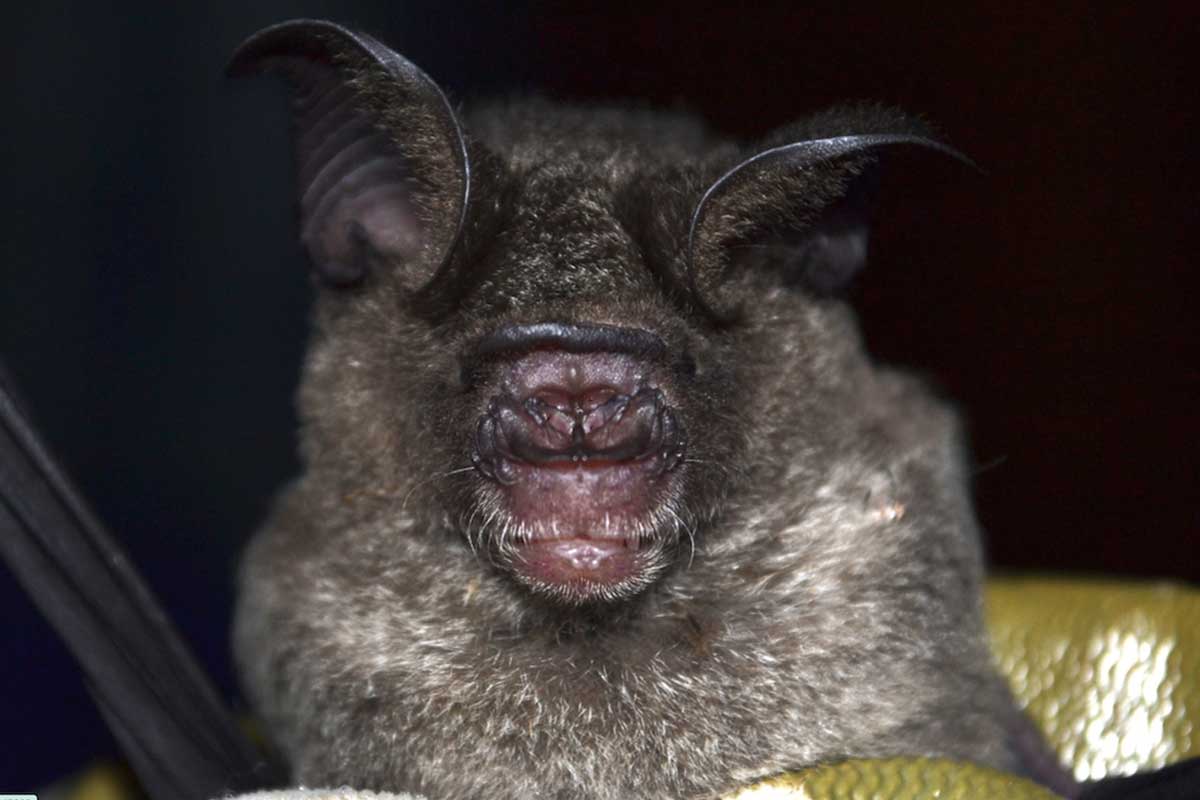
From wildlife to humans: Bat guano eating
Part of the mechanisms behind zoonoses — diseases transmitted from animals to humans — remains poorly understood.
Tony Goldberg, a professor of epidemiology at the University of Wisconsin-Madison and a lead scientist in the study, explained in a video call that one popular theory behind outbreaks of the Ebola virus, for instance, was that Ebola-carrying bats infect wildlife, the wildlife dies from the disease, humans touch or handle the dead wildlife and humans get infected with Ebola.
But how do bats infect wildlife in the first place? Previous studies have suggested that cross-species infection occurred when wild animals ate fruit contaminated by bats or came in contact with viruses shed in the environment.
Have you read?
“Bats are known to host a wide variety of viruses and pathogens without showing symptoms of illness themselves,” de Haas emphasized. “This broad range makes it difficult to predict which viruses can jump to other species and under what conditions. These viruses can undergo genetic mutations and recombination, potentially increasing their ability to infect new host species.”
Now, this research paper has a new lead on how viruses may spread from bats to other animals: bat guano consumption.
Goldberg, who has witnessed monkeys chewing cement off brick buildings for sodium, says these minerals are so crucial to some species that they may turn to eating bat feces, which can then lead to zoonotic transmission.
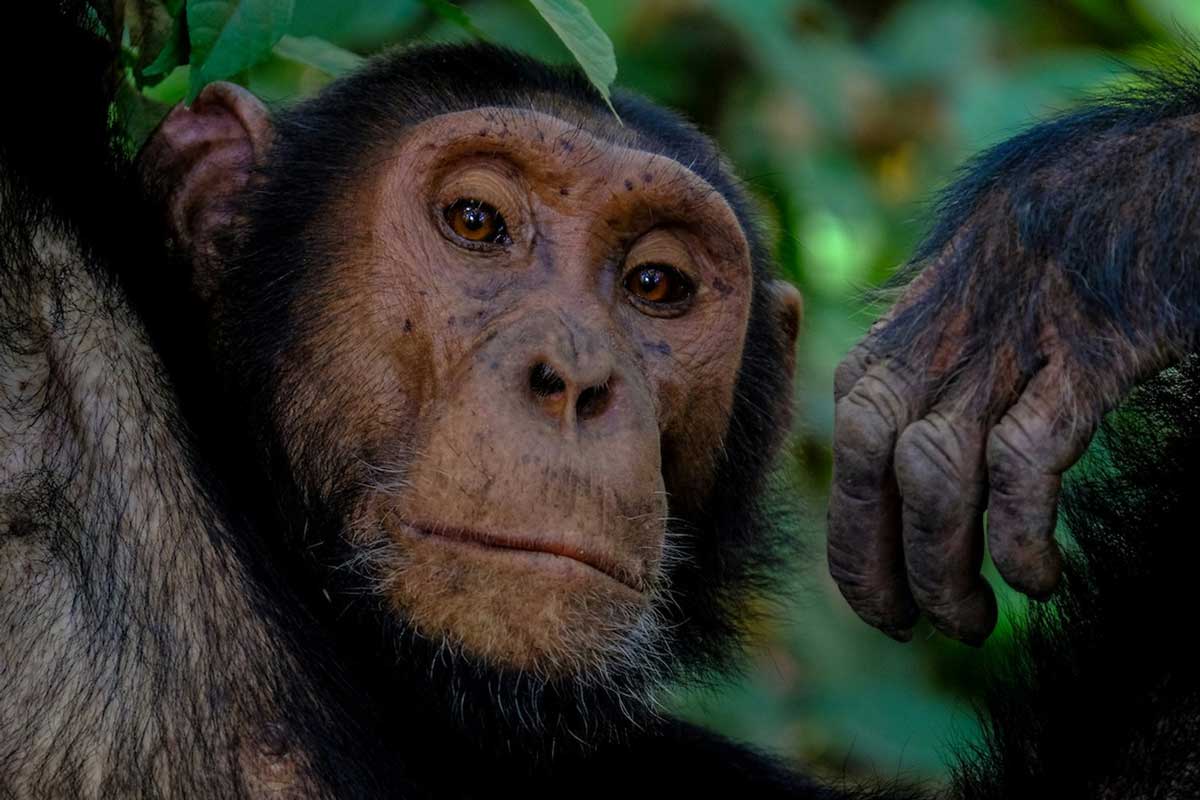
From July to October 2017 and from September 2018 to April 2019 — after Ugandan farmers had cut down sodium-rich R. farinifera trees, trail cameras in Budongo recorded 839 instances of eastern chimpanzees (Pan troglodytes schweinfurthii), black-and-white colobuses (Colobus guereza occidentalis) and red duikers (Cephalophus natalensis) feeding directly on guano.
While this behavior is common for some invertebrates in nutrient-limited subterranean environments, it had never before been documented among forest-dwelling mammals such as chimpanzees. According to Goldberg, chimps crave sodium more than any other mineral. After all, if chimpanzees are like humans and potato chips, R. farinifera must have tasted good to them, he commented.
“The physiological need for sodium and other nutrients often manifests as a specific hunger,” de Haas said, citing geophagy — the habit of eating clay soil. “This hunger is driven by the body’s need to maintain electrolyte balance and proper cellular function.”
The lack of intensive research, however, makes it hard to know whether this behavior is new for colobuses and duikers, too.
Nutritional analyses of guano collected near Noack’s roundleaf bats (Hipposideros ruber) did reveal high concentrations of minerals, though the guano falls short of the mineral concentrations contained in R. farinifera trees. Far worse, Goldberg indicated that the guano also tested positive for 27 infectious viruses, with an average of 14.5 per sample.
This is no surprise, as bats host more than 4,100 distinct viruses. While most of those found in guano were not related to anything troublesome to humans, the scientists spotted an exception: the subgenus Hibecovirus, a cousin to the SARS-CoV-2.
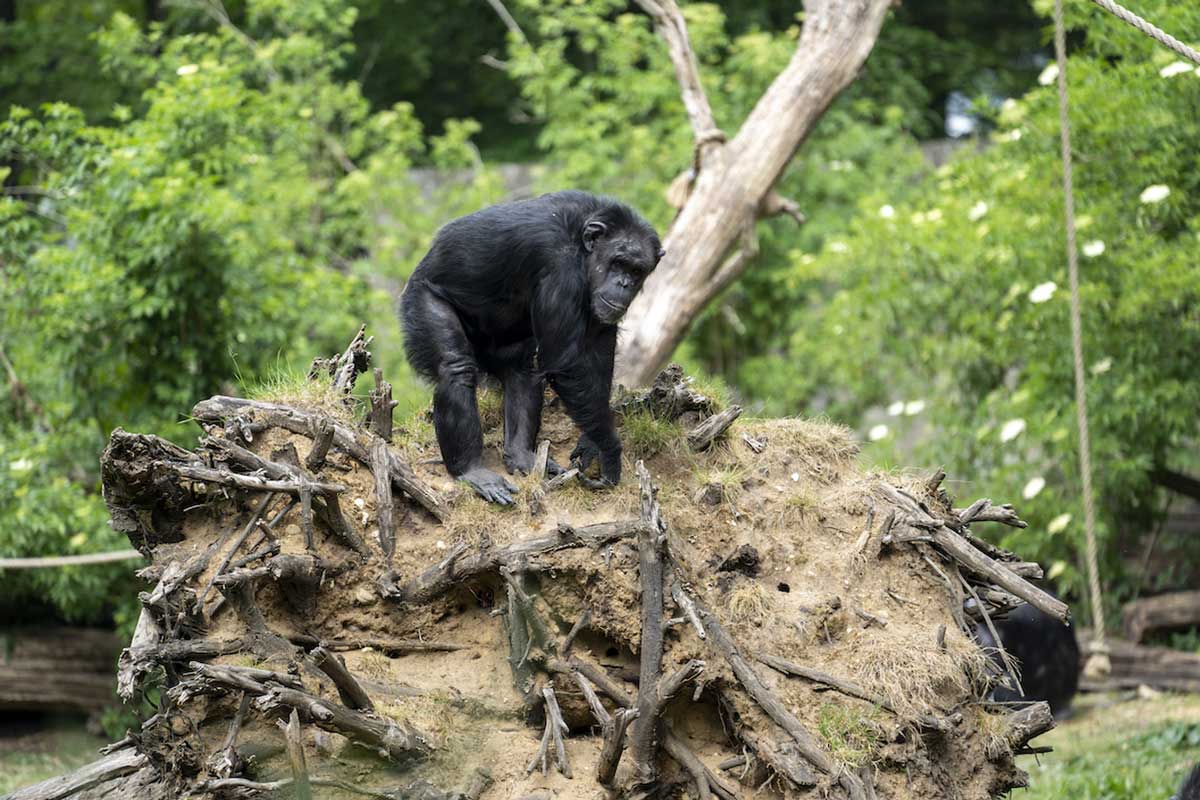
From humans to wildlife: Tobacco farming
David Eryenyu, the field director at Budongo Conservation Field Station (BCFS), told Mongabay in an email that his team had indeed observed links between human respiratory outbreaks and health issues encountered by wild chimpanzees.
But it’s not as if chimps had suddenly changed preferences from trees to bat guano.
Between 2006 and 2012, when international demand for tobacco increased, Ugandan farmers cut down nearly all R. farinifera trees in the area to make strings for tobacco leaves to dry on. Researchers say this “local selective deforestation” led chimpanzees to alter feeding behavior.
“Sometimes, in science, we don’t try to prove things so much as we try to make connections and come up with the most logical, most parsimonious explanation for our data,” Goldberg said.
But if upstream forces — like a rise in demand for tobacco — can push chimps and other animals to eat guano, identifying “breakable links” can improve prevention, the study reads.
“In theory, you could break any link: You could make fences, so that the chimpanzees can’t access the guano; you could convince people across the world not to smoke, so that the tobacco demand wouldn’t be high,” Goldberg stated. “But of all those, we think that providing alternatives to cutting down these trees might have been the easiest.”
“Couldn’t we have just given the farmers a ball of twine?,” the epidemiologist noted.
He nonetheless pointed out that cutting down certain trees or growing certain crops to respond to the demand that social forces create was only “the way the world works.”
“It’s not anybody’s fault for not realizing the consequences, it’s just bad luck,” he added.
Eryenyu confirmed that local farmers didn’t know about wildlife implications. At BCFS, he is striving to diversify the livelihoods of communities living around Budongo, including supporting the development of microenterprises for local people and helping children widen their opportunities for employment beyond the forest.
“I still think about the SARS-CoV-2: If somebody knew in advance, what if all that person needed to do was to put a sign in front of the cave where these bats lived and write, ‘Please don’t enter because these bats have bad viruses!’?” Goldberg wondered.
“Could something so small have prevented the pandemic?”
Citations:
Fedurek, P., Asiimwe, C., Rice, G. K., Akankwasa, W. J., Reynolds, V., Hobaiter, C., … Goldberg, T. L. (2024). Selective deforestation and exposure of African wildlife to bat-borne viruses. Communications Biology, 7(1). doi:10.1038/s42003-024-06139-z
Reynolds, V., Lloyd, A. W., English, C. J., Lyons, P., Dodd, H., Hobaiter, C., … Fallon, B. (2015). Mineral acquisition from clay by Budongo forest chimpanzees. PLOS ONE, 10(7), e0134075. doi:10.1371/journal.pone.0134075



